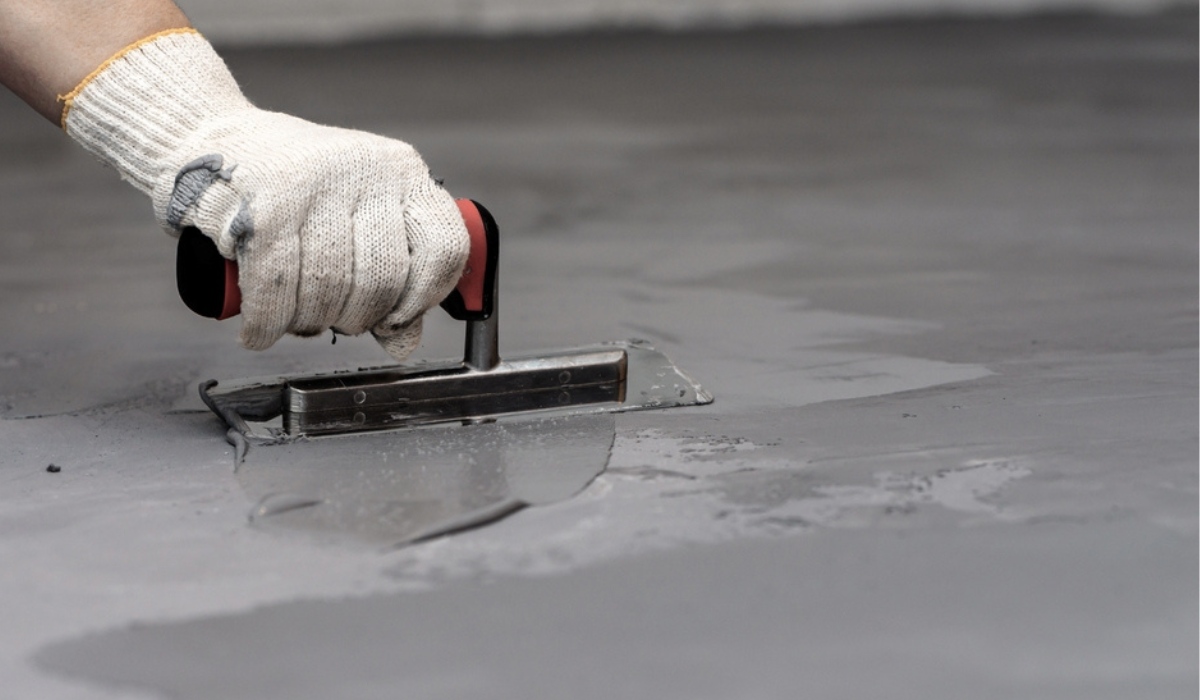
How to Determine the Quantity of Concrete in a Slab
Estimating how much concrete to order or mix yourself can be tricky. Most ready mix concrete comes in cubic yards; one cubic yard covers 27 square feet when poured.
Quikrete offers premixed bags of concrete slabs Melbourne that you can buy directly or have delivered by truck; either method has its own set of advantages and disadvantages.
Method 1: Multiplying Length x Width x Depth
One of the simplest approaches for calculating concrete quantities in a slab is multiplying length, width and depth together; however, this approach does not account for any voids present in the finished product. To accurately determine the true amount needed for any given slab it is crucial that voids be taken into consideration and utilize an average loss method of calculation.
Calculations can also help estimate how much concrete will be required to construct footings and columns, for instance a 10-foot tall round column whose diameter is 3 feet with a run of 1 foot would require 4.47 cubic yards of material.
This formula can be used to calculate concrete quantities for steps, curbs and gutters or any other concrete structures – simply ensure you input dimensions either in US units or metric units.
Assuming your estimate is correct, it is always advisable to order slightly more concrete than anticipated in order to guarantee there is enough for the job and avoid waste or spillage during mixing, transporting and placement of it. Doing this will also minimize overtime payments or the possibility of cold joints due to insufficient supplies.
Method 2: Multiplying Length x Width x Depth x Voids
Calculating the volume of concrete needed in a slab requires taking into account any voids in its mix, which can be done using the average loss method. To calculate required volume, multiply length x width x depth which will give an estimated total amount needed for your project.
This method works best with uniform-shaped slabs such as rectangular or square slabs, however it can also be used to calculate concrete quantities for other structures like columns, holes or beams – though calculations will likely become more complex as non-uniform structures typically have variable thicknesses.
Once you’ve determined the volume of your concrete slab, convert it to cubic feet and divide by 0.60 to determine how many 80 lb bags of concrete mix it requires. Always order extra to prevent issues with overspreading, uneven ground or cold joints later on – the extra can then be used elsewhere on your job or saved up until needed later on.
Method 3: Multiplying Length x Width x Depth x Voids x Beams
There are various factors that will influence the quantity of concrete needed for any given project, including type, thickness, setting time and shape. But by far the most crucial aspect is space consumption which can be calculated through volumetric calculations on your slab.
The standard unit of measurement for volume of concrete is cubic yards or cubic meters (m3). One cubic yard equals one-foot in all three dimensions. To calculate its volume in terms of a slab you first must determine its dimensions by taking measurements of length, width and depth and multiplying them together before dividing by 27 to find out the amount of concrete required.
For areas that are more complex or irregularly-shaped, breaking it into several rectangles and then calculating each one individually may be more appropriate. This method can be particularly helpful when estimating concrete for ribbed or poured-in-place slabs with voids; to use this approach correctly you will need to ensure all measurements taken are accurate and multiply each of those by their height of void to find total volume.

